Quantum mechanics is a fascinating and complex field of science that often feels like it belongs in the realm of science fiction. It reveals a strange and fascinating world, where the rules of classical physics no longer apply.
These 20 facts highlight the mysteries and wonders of the quantum realm, encouraging us to keep exploring and questioning our understanding of the universe.
Quantum Mechanics Emerged in the Early 20th Century
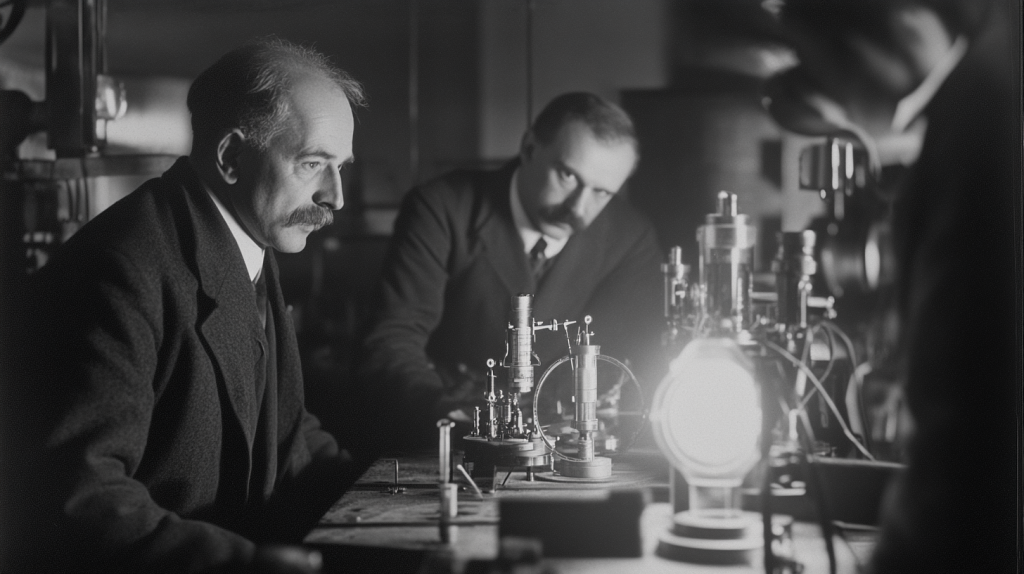
Quantum mechanics developed in the early 20th century, revolutionizing our understanding of the microscopic world. Pioneers like Max Planck, Albert Einstein, and Niels Bohr made significant contributions to its foundation, challenging classical physics.
Particles Can Be in Multiple States at Once

In quantum mechanics, particles like electrons can exist in multiple states simultaneously, a phenomenon known as superposition. This means an electron can be in different locations or have different energies at the same time, until measured.
Quantum Entanglement Defies Classical Intuition
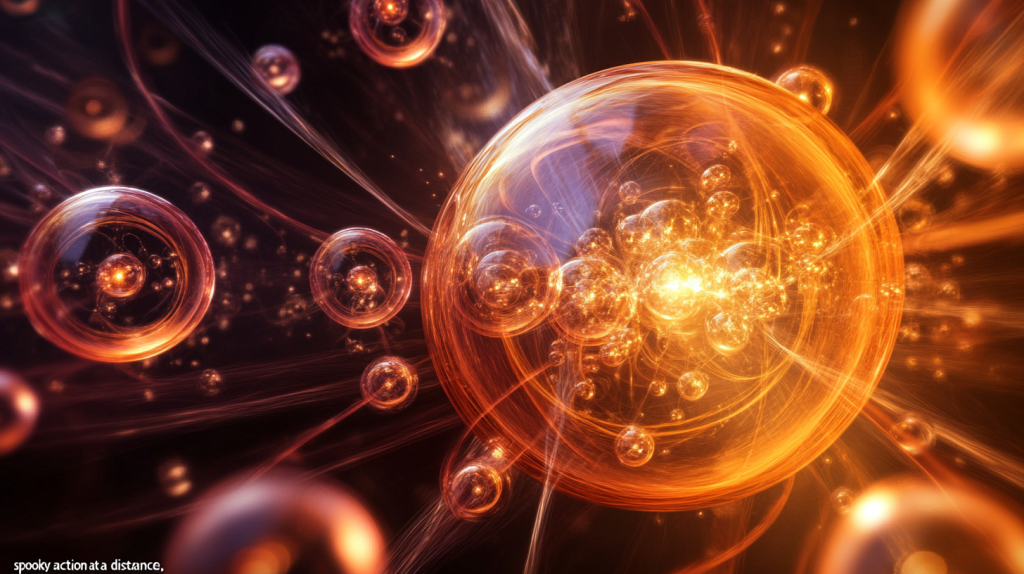
Quantum entanglement occurs when particles become linked, so the state of one instantaneously affects the state of another, no matter how far apart they are. Einstein famously called this “spooky action at a distance,” as it defies classical intuition.
Measurement Changes the State of a Particle
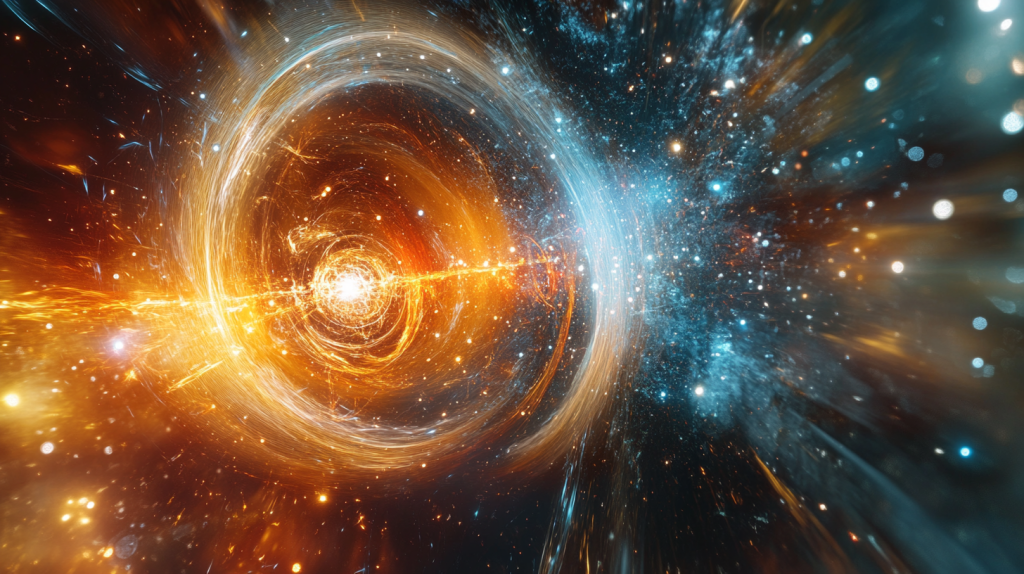
In the quantum world, measuring a particle’s property, such as its position or momentum, alters its state. This concept, known as the observer effect, suggests that the act of measurement plays a fundamental role in determining the outcome.
Heisenberg’s Uncertainty Principle
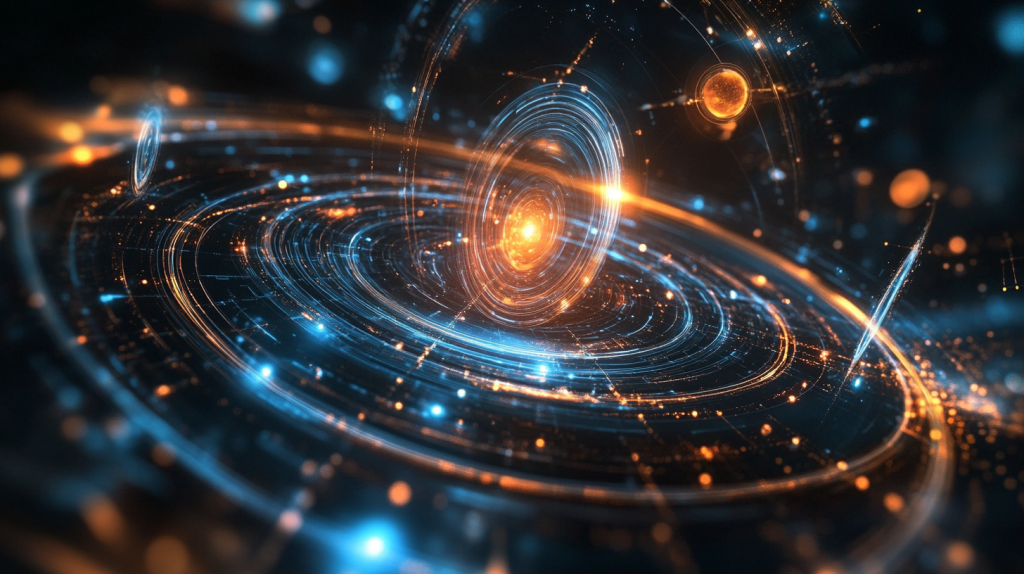
Werner Heisenberg’s uncertainty principle states that it is impossible to simultaneously know both the exact position and exact momentum of a particle. The more precisely one property is known, the less precisely the other can be determined.
Quantum Tunneling
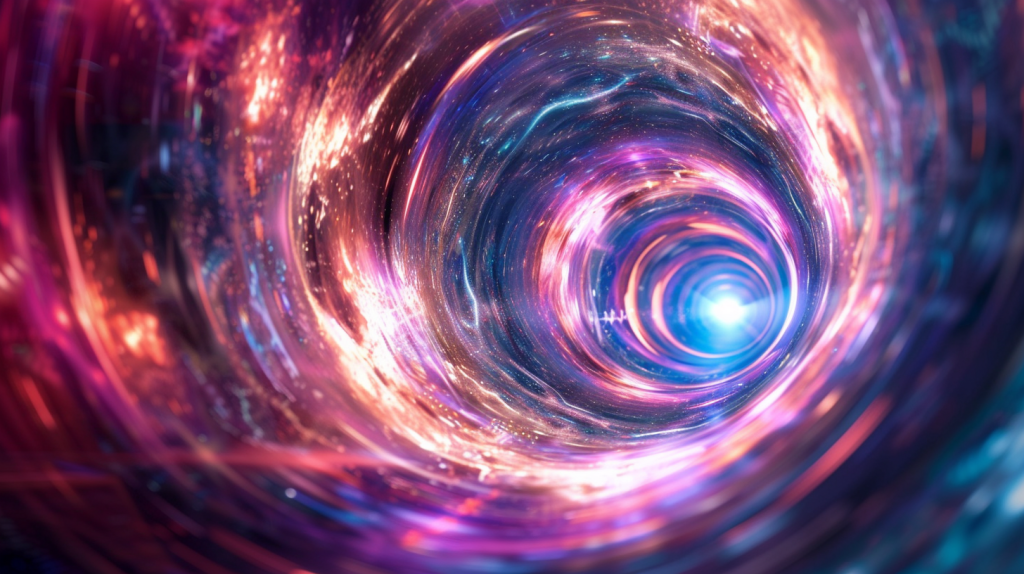
Quantum tunneling is a phenomenon where particles pass through barriers that they theoretically shouldn’t be able to, according to classical physics. This effect is crucial in technologies like semiconductors and nuclear fusion in stars.
Schrödinger’s Cat Paradox

Erwin Schrödinger devised a thought experiment involving a cat in a box with a quantum device that can randomly kill it. Until observed, the cat is considered both alive and dead simultaneously, illustrating the oddities of quantum superposition.
Quantum Computers

Quantum computers use the principles of quantum mechanics to perform calculations much faster than classical computers. They use qubits, which can represent both 0 and 1 simultaneously, allowing for massive parallel processing.
Wave-Particle Duality
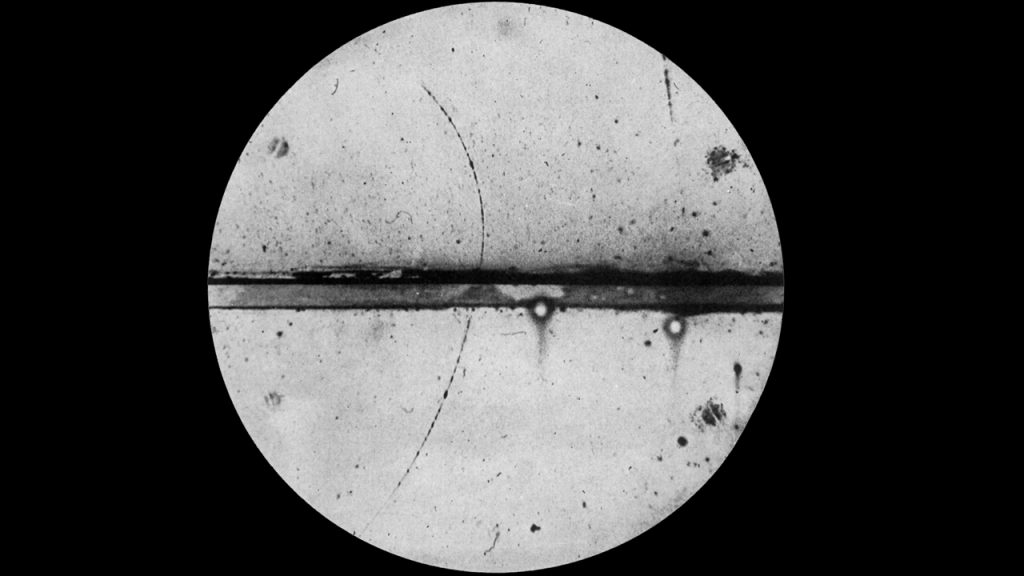
Quantum mechanics reveals that particles like electrons exhibit both wave-like and particle-like properties. This duality is evident in experiments like the double-slit experiment, where particles create interference patterns characteristic of waves.
Quantum Teleportation

Quantum teleportation is the transfer of a particle’s quantum state from one location to another without moving through physical space. It relies on entanglement and has been experimentally demonstrated over short distances.
Quantum Cryptography
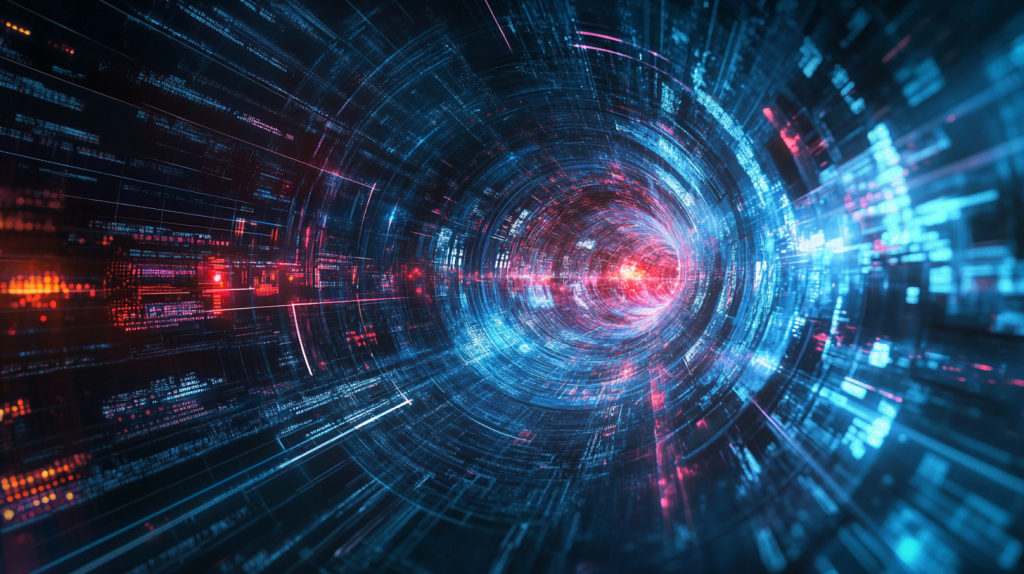
Quantum cryptography uses the principles of quantum mechanics to create secure communication channels. The most famous application, quantum key distribution, ensures that any eavesdropping attempt disrupts the transmission, revealing the intrusion.
Virtual Particles and Vacuum Fluctuations
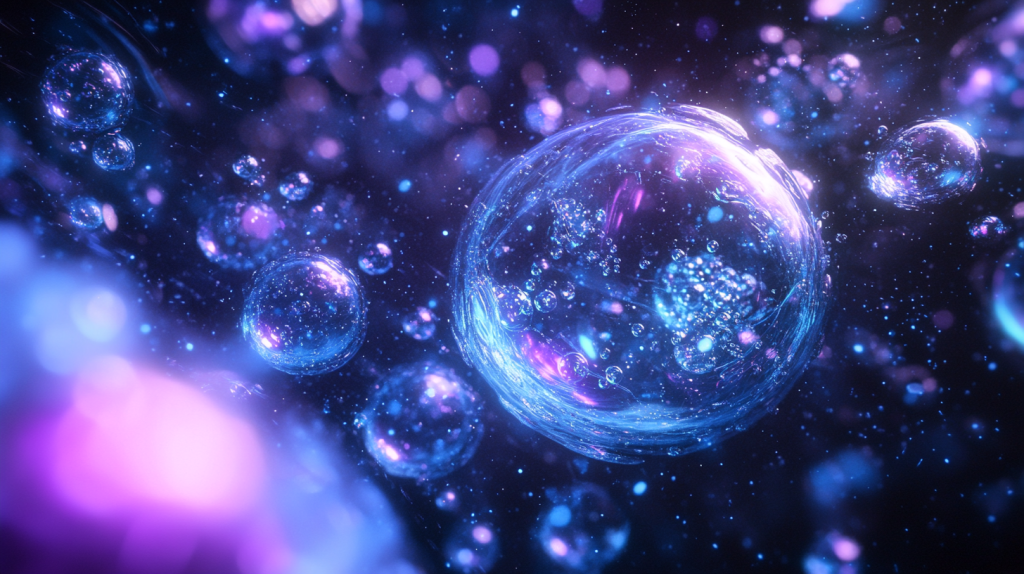
In quantum mechanics, empty space isn’t truly empty. Virtual particles constantly pop in and out of existence due to vacuum fluctuations. These particles have real effects, such as contributing to the Casimir effect.
Quantum Mechanics and Black Holes
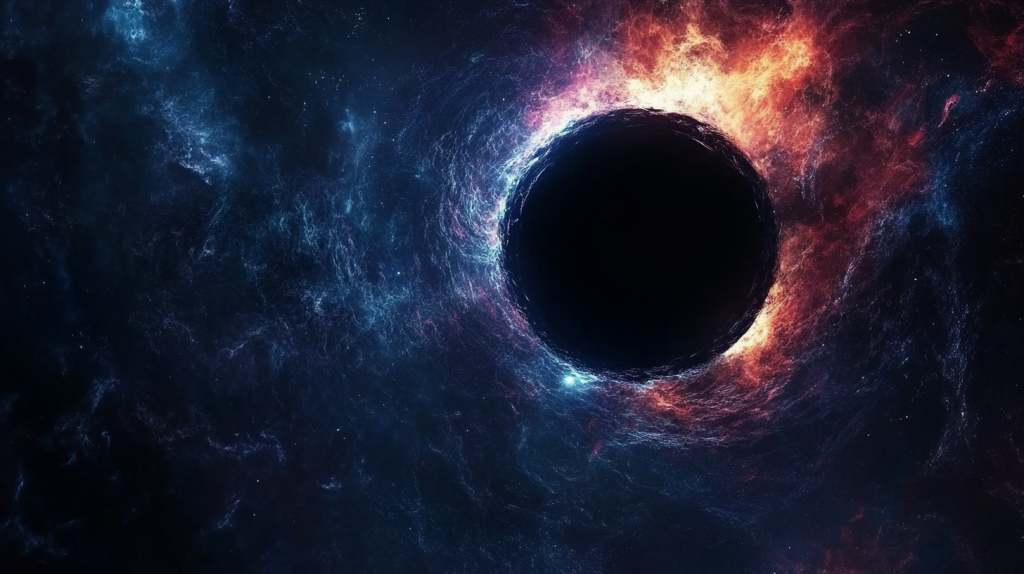
Quantum mechanics plays a crucial role in understanding black holes. Theories like Hawking radiation suggest that black holes can emit particles due to quantum effects near their event horizons, leading to their eventual evaporation.
The Quantum Zeno Effect
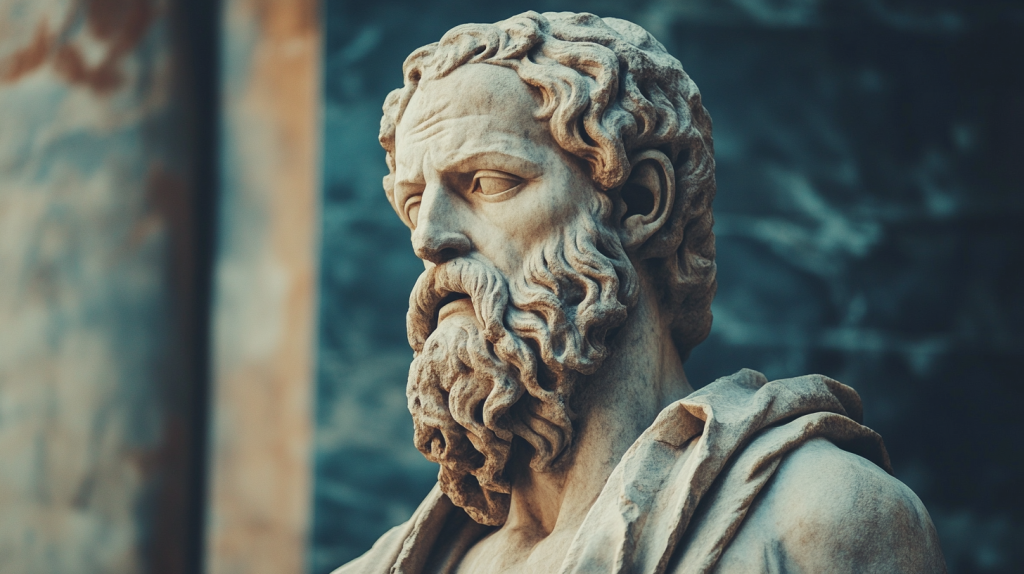
The quantum Zeno effect occurs when a particle’s state is frequently measured, effectively freezing its evolution. This phenomenon, named after the ancient Greek philosopher Zeno, has been observed in various quantum systems.
Decoherence Explains Quantum-to-Classical Transition
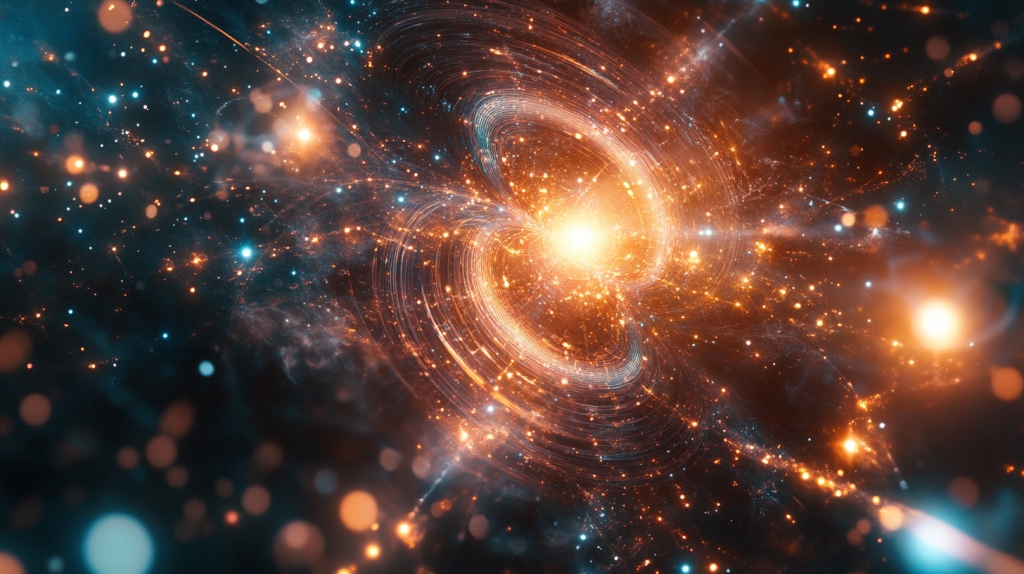
Decoherence describes how quantum systems interact with their environments, leading to the loss of quantum coherence. This process explains the transition from quantum behavior to the classical world we observe.
Quantum Field Theory
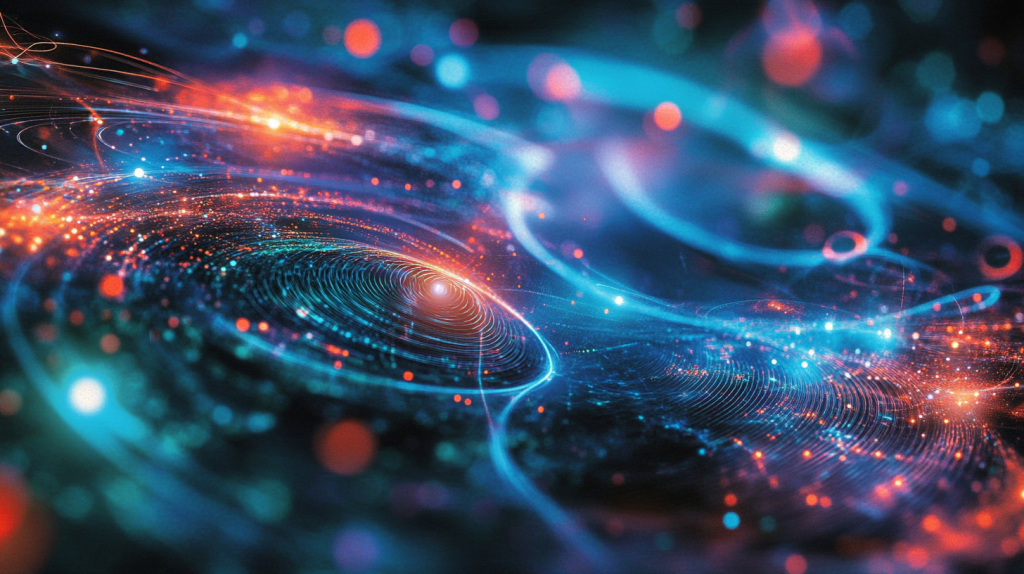
Quantum field theory (QFT) combines quantum mechanics with special relativity to describe the behavior of fields, like the electromagnetic field, and their interactions with particles. QFT underpins much of modern particle physics.
The Role of Probability in Quantum Mechanics
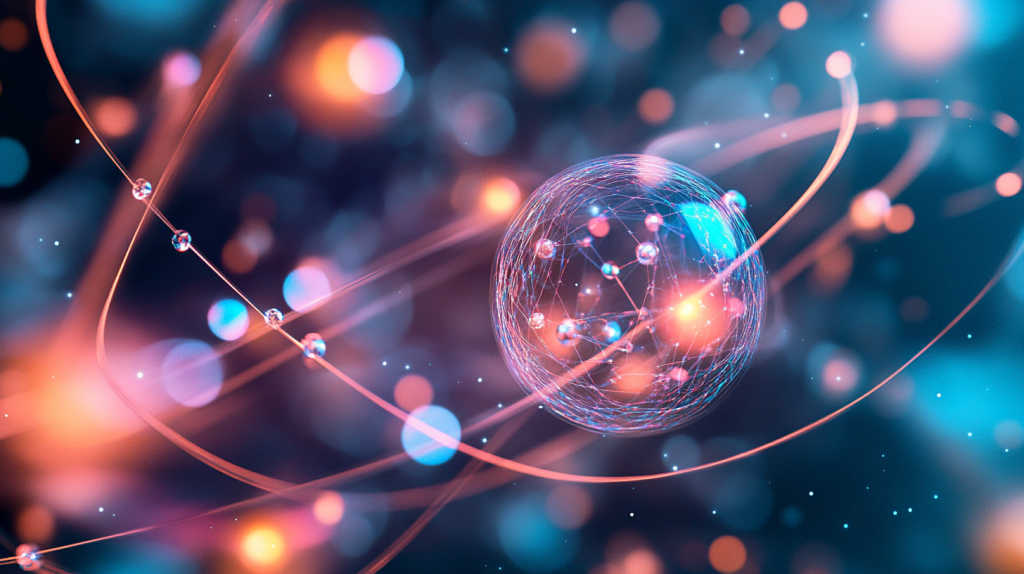
Unlike classical physics, quantum mechanics relies heavily on probability. The outcomes of quantum measurements are inherently probabilistic, described by a particle’s wave function, which gives the probabilities of different outcomes.
Quantum Mechanics and Photosynthesis

Quantum mechanics helps explain the efficiency of photosynthesis in plants. Quantum coherence allows excitons (energy packets) to simultaneously explore multiple paths within the plant’s light-harvesting complexes, optimizing energy transfer.
Quantum Gravity and the Search for Unification
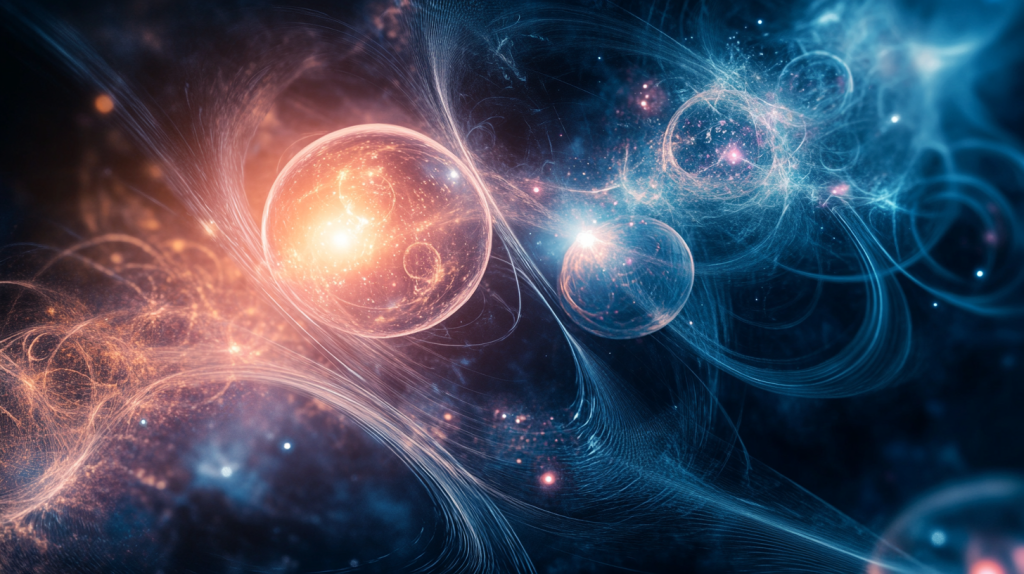
Quantum mechanics and general relativity are currently incompatible, and finding a theory of quantum gravity to unify them is a major goal in physics. Approaches like string theory and loop quantum gravity aim to achieve this unification.
Quantum Mechanics Challenges Our Understanding of Reality
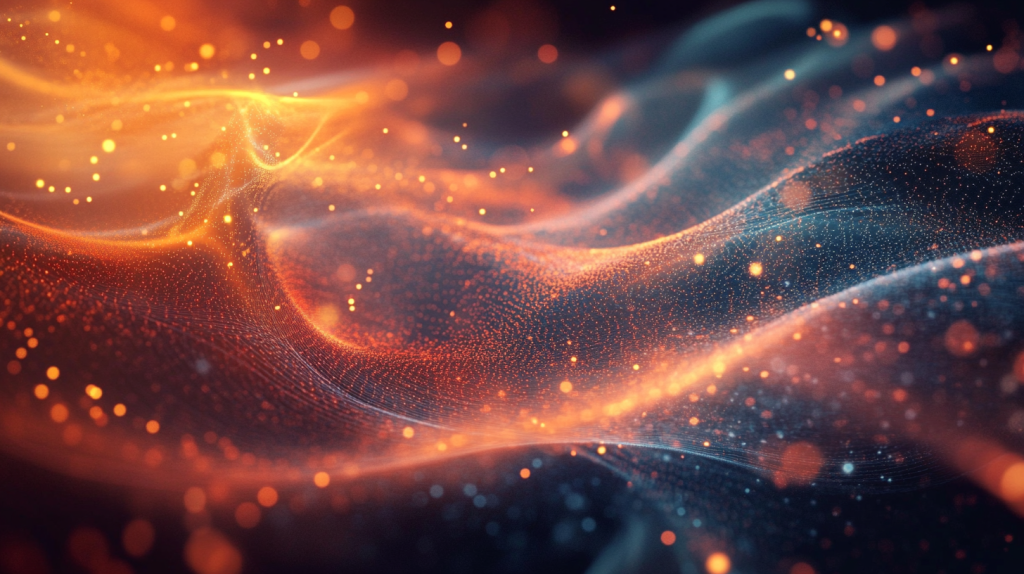
Quantum mechanics fundamentally challenges our understanding of reality. Concepts like wave-particle duality, entanglement, and superposition suggest that the universe operates in ways that defy our classical intuitions, prompting ongoing philosophical and scientific debates.
Ellen has been obsessed with logic puzzles, jigsaws, and cryptograms since she was a kid. After learning she was taught how to play chess wrong by a family friend (so they could win), she joined her school chess club and the rest is history.


